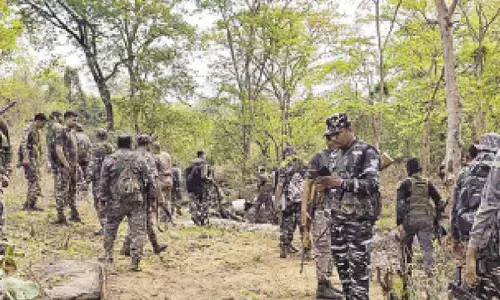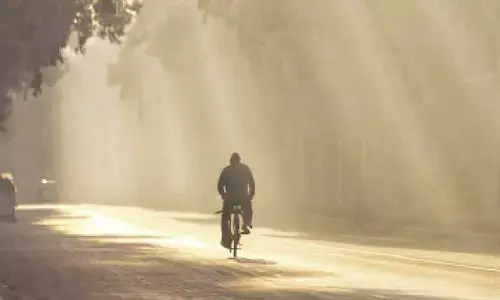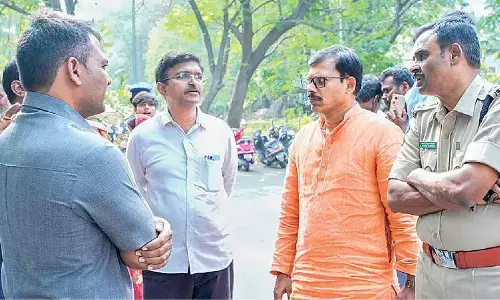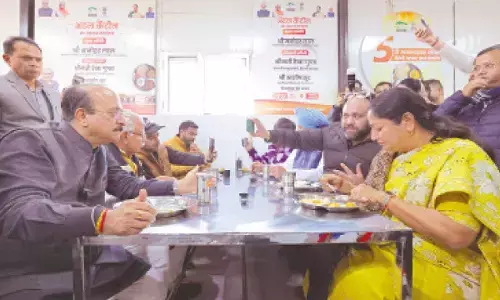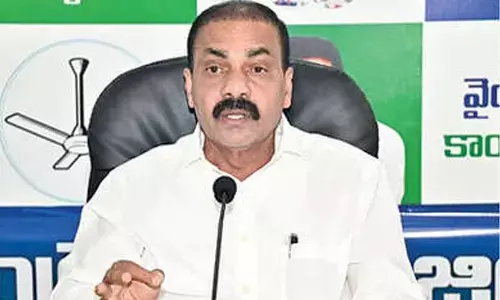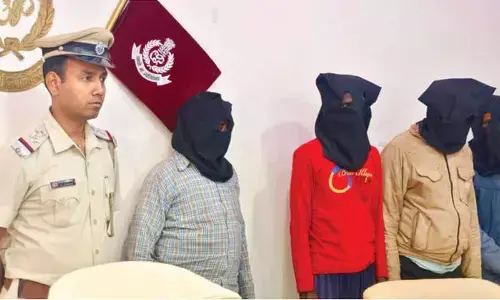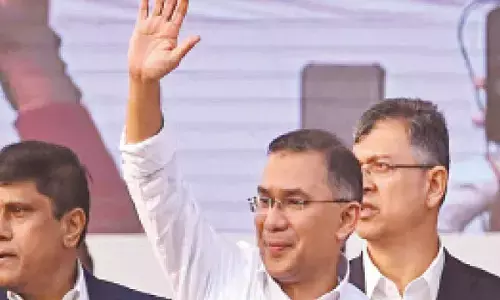Being an Indian farmer…
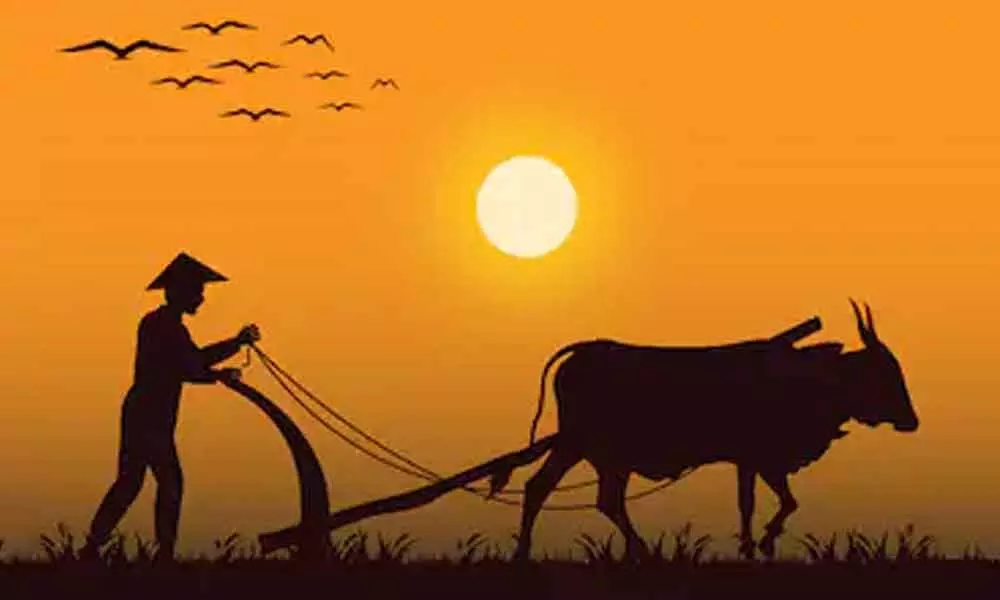
Being an Indian farmer…
Five things you need to know about an Indian farmer’s life and why they are on the streets
A republic is where a people doesn't have to give up its common interest for that of the ruling class; the ruling class is supposed to execute the will of the citizen. Understandably, it is impossible to make everyone happy. But expectations remain. Even after 71 years as a republic.
January 26, 2021 promises to be an exceptional R-Day. If 2020 was about the public owning up its day to make its point against the Narendra Modi government's citizenship issues, this year is about the millions of farmers who form the foundation of India's economy.
As their representatives ready to roll out their own caravan of tractors as a counterpoint to the official procession on Rajpath, the question remains: How does it feel being an Indian farmer? Here's how the quintessential agriculturist would probably have put it - Five points of my life you need to know as you celebrate republic day and why we are on the streets.
I
I am one of the smallest farmers in the world. The average landholding in India is 1.08 hectares; it would typically sustain eight persons. Smallholders now cultivate 42 per cent of operated land and constitute 83 per cent of total landholdings.
But I have two big and critical responsibilities that you might not have: I sustain myself and also feed the country, one of the world's largest consumers of food grains.
India's food self-sufficiency is because of me. In the last six years, I have been ensuring a bumper harvest of food grains non-stop.
Of the eight industry types, agriculture is the only sector has grown in 2020-21 despite the novel coronavirus disease (COVID-19) pandemic.
Farmers like me make up the economy of Rs 20.13 lakh crore. Over half of Indians are into farming; every fourth voter is a farmer. That is the reason, I feel, you all love raising the slogan: 'Jai Jawan, Jai Kisan'.
But you must have seen us more on the streets, either protesting or dumping our produce for not being able to get a fair price. In 2020, farmers from 22 states organised 71 protests. Did you ever raise the question: Why are farmers protesting?
II
My contribution to India's gross domestic product (GDP) is on the decline. That is why economists say I am losing importance in the economy, and also for politicians.
But more and more households depend on agriculture for survival. My contribution to GDP has gone down from 51 per cent in the 1950s to around 16 per cent currently. But 70 million households depended on agriculture in 1951, which has now gone up to 120 million. In 1951, there were 22 million agricultural labourers; currently there are 144 million.
III
We all celebrate when data shows that India is emerging as one of the fastest growing economies of the world. But this growth has not impacted us.
Every second farmer in the country is indebted. An average Indian farmer earns Rs 6,426 per month while the expenditure is Rs 6,223. Also, only 15 per cent of farmers earn 91 per cent of the total agricultural income amid overwhelming inequality.
An analysis shows that a farmer earns only Rs7,639 from a hectare of wheat against the production cost of Rs 32,644. This is a huge loss of Rs 25,005 per ha.
I don't have much to spend. But over 90 per cent of the country's GDP comes from my consumption. Close to 50 per cent of the consumers in the country are wither farmers or from households that earn primarily from agriculture.
It means a sector already in crisis is holding the fort of the "fastest growing economy" of the world. Will it be able to sustain it? A big no and that is the severe warning for the overall economy.
IV
In 2019, every hour nearly two persons involved in farming committed suicide in the country. This category accounts for 7.4 per cent of all suicides in India.
Climate change is impacting us the most. Government data shows that our income would come down by up to 25 per cent due to climate change impacts. The 100 poorest districts in the country, which are also dominated by agriculture, are the most vulnerable to climate change. We will suffer a loss of Rs 700 crore a year due to this.
Drought that hurts agriculture the most, particularly for rain-fed farming, is the second-most impactful type of disaster in terms of number of people affected in the world. It accounts for just five per cent of total disaster events.
But it affected 1.4 billion people in 2009-19. Over 50 per cent of Indian farmers depend on rain. Drought impacts nearly 30 crore farmers every year.
V
My fellow farmers are growing restless. Our Census 2011 says every day 2,000 farmers give up farming. Income from farming has already lost the prime spot in our total household total earnings.
In 1970, three-fourths of a rural household's income came from farm sources. After 45 years, in 2015, it is less than one-third. Most of the households now earn more out of non-farm sources. In fact a daily wager earns more than a farmer.
(Courtesy: Down To Earth)








